As budget-conscious motorists, we want to save as much money as we can on car maintenance, especially fuel. Well, saving money on repairs is quite easy, provided that we take good care of our cars by giving the right maintenance and service.
As far as saving on fuel is concerned, there are a number of ways to go about it. One way is to go for a relatively cheaper brand of fuel, another is to plan your trips or errands in such a way that you’re not on the road any longer than necessary.
But not even these may be enough. Fortunately, automakers recognize the fact that motorists often need a helping hand in maximizing the efficiency of their cars, which is why they are already incorporating fuel-saving features on their models. Philkotse.com gives a rundown of these features that you might want to consider when shopping for your next car.
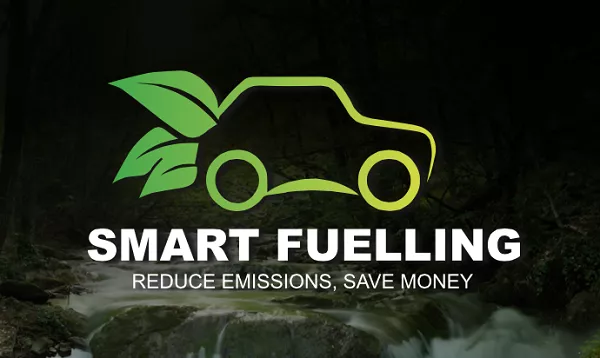
Smart fuelling = Reduce emissions + save money
1. Stop-start engine technology
Many modern cars already have a start-stop system, which involves automatically shutting down the engine (without switching off the ignition) while the car is in a prolonged state of idling, such as on a traffic stop. When the car has to proceed, the driver merely lifts a foot off the brake pedal or engages the clutch to select first gear, to restart the engine.
The reason behind this is to reduce the fuel consumed by the car even while standing still, minimizing waste as well as emissions. The system can also be switched off if the driver prefers.
Earlier start-stop systems had their kinks, but subsequent developments and refinements have made this feature increasingly common among passenger cars today.
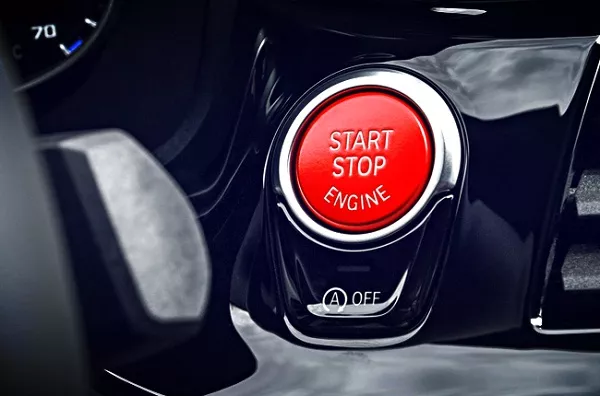
An increasing number of modern cars already have an automatic start and stop system
2. Hybrid/ Electric vehicle technology
An increasing number of manufacturers are already dabbling in hybrid or electric vehicles. Hybrids refer to vehicles that are powered by two or more types of power, usually an internal combustion engine that runs on conventional fuel and an electric motor run by an onboard battery.
The combustion engine is typically responsible for maintaining high speeds, while the electric motor is tasked with producing torque or pulling power, as well as aiding in deceleration.
The electric powertrain aims to improve either efficiency or performance since the vehicle’s range can be extended beyond the limitations of the combustion engine, such as the fuel capacity.
Also, there is less need for a bigger engine since the electric motor augments the engine’s output. Once used exclusively on passenger cars, hybrid electric vehicle technology can also be found these days on heavier vehicles such as trucks and tractors.
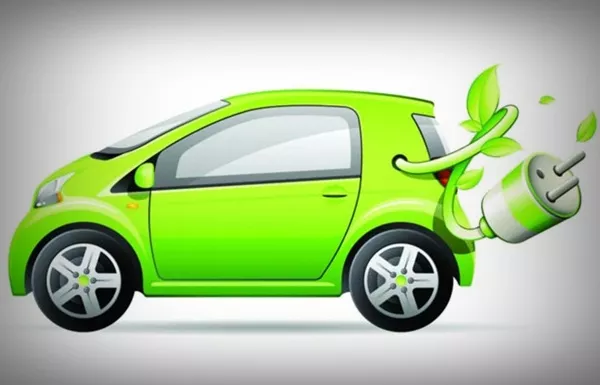
Manufacturers combined conventional internal combustion with electric power technology
3. Continuously Variable Transmissions
Another way car makers improve the fuel economy of their cars is by using Continuously Variable Transmissions (CVTs). Also called gearless or step-less transmission, the system uses a pair of variable-diameter pulleys with a belt or chain running between them, instead of gears that are found in a conventional transmission.
The belt or chain slides across the length of each pulley as needed to simulate shifting between high and low gears without the need to engage separate gears; this provides seamless power delivery as the system constantly adjusts the ratio to suit the engine’s given RPM, hence the name.
CVTs can adjust the engine speed as needed to produce the car’s maximum power and fuel efficiency, enabling quicker acceleration while using less fuel. And since there are no gears grinding against each other, friction is reduced which would otherwise affect the powertrain’s operational efficiency.
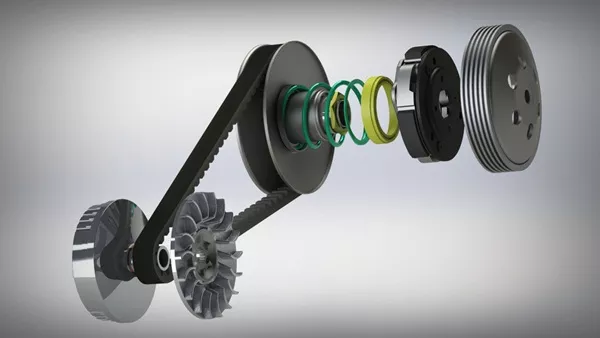
CVT will try to keep the turn of the engine at a constant rpm, this way, the efficiency is maximized
Older CVTs were the subject of complaints, especially over their tendency to produce a droning sound while at work. Some carmakers have taken to installing artificial steps that function like gears, controlled by paddle shifters mounted behind the steering wheel, allowing the driver to choose a rev range that matches the speed of the vehicle.
The Japanese carmaker Toyota even added a conventional first gear to the continuously variable transmission on the new Corolla hatchback, to give the car a better natural feel.
>>> Also read: Continuously Variable Transmission (CVT) vs. Dual Clutch Transmission (DCT): Which is better?
4. Gliding or sailing mode
Glide mode, as found on some cars such as Mercedes-Benz, essentially turns off the engine while the car is in motion to save fuel. When the driver steps on the gas or brake pedals, engine power is automatically restored.
This is different from coasting, where the engine is disengaged from the transmission and continues to run idle even while the car is propelled by the momentum of its initial acceleration.
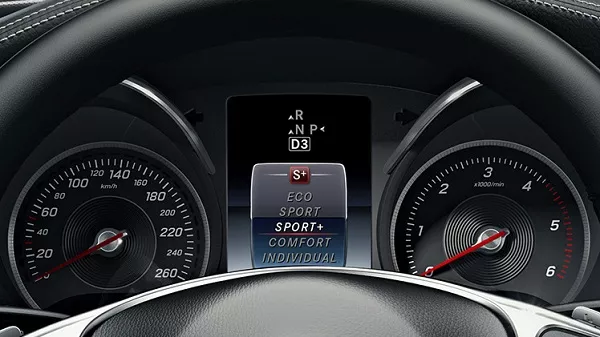
Some drivers with manual transmission used to coast with their car in neutral because it allows them to save fuel
It’s important to note that proper gliding requires sophisticated mechanisms to retain control of the steering and brakes, which are essential when sudden maneuvers are required.
If you attempt to manually glide a conventional car by simply switching off the ignition, you risk losing control of the vehicle as the brakes and steering are usually powered by the engine.
5. Adaptive cruise control
Cruise control takes over the throttle to maintain the vehicle’s speed as set by the driver. Adaptive (also intelligent or dynamic) cruise control takes this a step further by automatically adjusting the vehicle’s speed relative to another vehicle in front; apart from obvious savings in fuel consumption by regulating throttle input, the system also aims to minimize the risk of collisions.
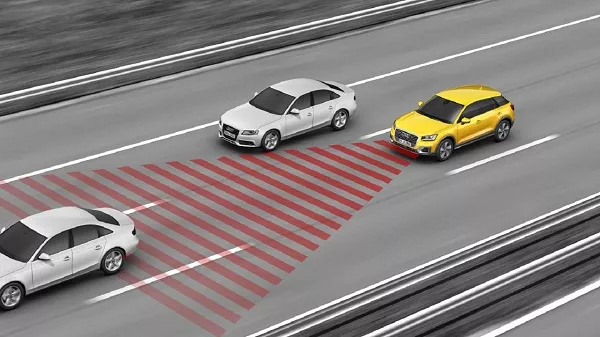
Lots of modern cars are now providing adaptive or intelligent cruise control
Adaptive cruise control works in conjunction with sensors or front cameras that monitor the vehicle’s distance from another in front. More intelligent systems even try to predict the behavior of others on the road, by calculating the probability of a vehicle in another lane moving into the controlled vehicle’s lane, for instance, enhancing passenger comfort and safety.
Many of these technologies are already available in modern vehicles, so rising fuel costs are no longer an obstacle in owning a new car. If you’re in the market for a new vehicle, you would do well to consider cars that offer some (or all) of the features enumerated above.
These fuel-saving technologies will surely make your car ownership a lot more bearable and enjoyable in the long run.
>>> Another way that will help you save fuel is to buy one of 10 most fuel-efficient SUVs. Check out!
Recent posts
- Top 4 popular alternative fuels: Debunking the myths Aug 16, 2022
- 10 myths about fuel efficiency that every Filipino driver should know Nov 08, 2022
- 7 common misconceptions about fuel-saving Jan 23, 2019
- Fuel-saving products for cars: Worth it not? Oct 19, 2022
- 11 hidden reasons why your car is consuming more fuel than usual Apr 23, 2018












